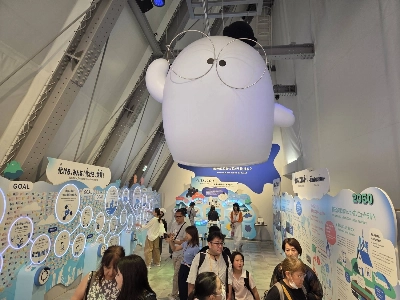Japanese startup Ispace has concluded that a hardware anomaly in a laser-based landing sensor caused the failure of its Mission 2 lunar landing earlier this month, the company announced Tuesday.
The company’s “SMBC x Hakuto-R Venture Moon” lander, officially named Resilience, made a hard landing on the lunar surface in the early hours of June 6.
After 18 days of technical review, Ispace concluded that the laser range finder (LRF) — a key sensor used to measure altitude during descent — failed to provide accurate data in the final phase of landing, leaving the lander unable to slow down in time.


















With your current subscription plan you can comment on stories. However, before writing your first comment, please create a display name in the Profile section of your subscriber account page.